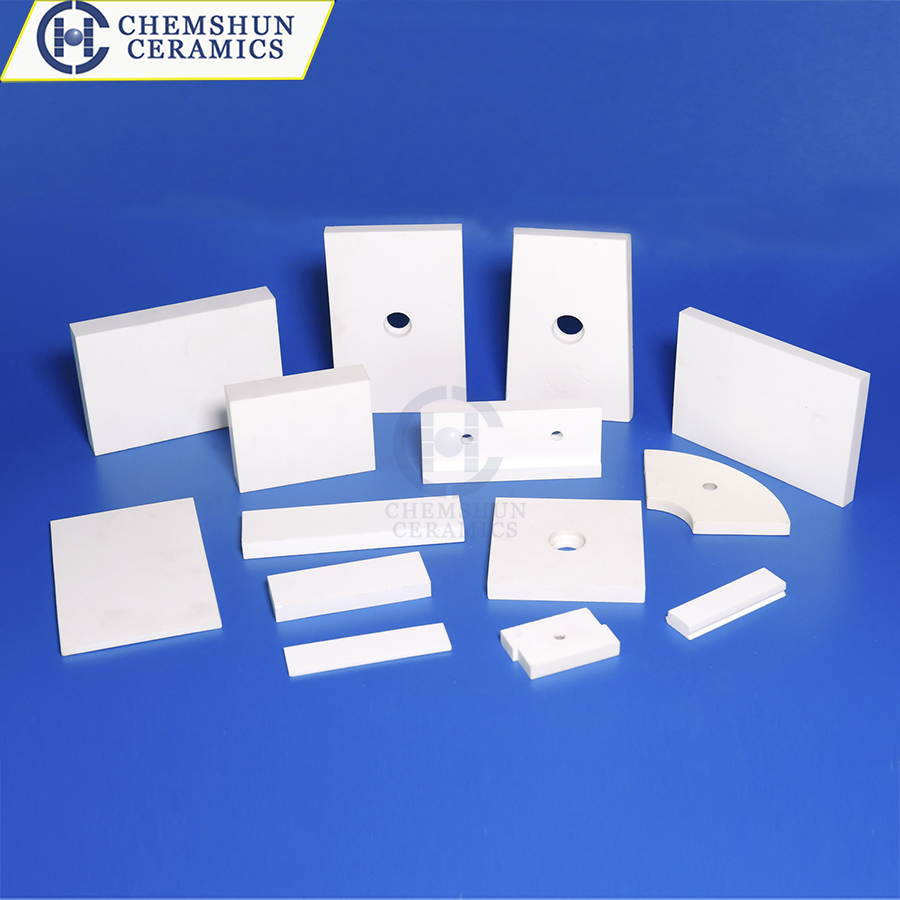Top articles
- High-purity 99.7% alumina ceramics helpful to semiconductor manufacturing technology
- Alumina Ceramic Grinding Balls: High-Efficiency Solutions for Industrial Grinding
- How to Select Suitable Wear-Resistant Ceramic Lining Tiles in the Mining Industry
- Advantages of Ceramic Rubber Composite Liners in Industrial Applications
- How to Install Alumina Ceramic Liners for Long-Lasting Adhesion?
- 99% alumina bulletproof ceramics are the preferred materials for protective devices
- Alumina Ceramic Substrates:Characteristics,Advantages,Disadvantages,and Applications
- Why do alumina industrial ceramics wear out?
- The reason of abrasion resistant ceramic tiles falling off when pasted on equipment
- Seven aspects of advantages & applications of alumina ceramic substrates
Latest articles
- High-purity 99.7% alumina ceramics helpful to semiconductor manufacturing technology
- Alumina Ceramic Grinding Balls: High-Efficiency Solutions for Industrial Grinding
- How to Select Suitable Wear-Resistant Ceramic Lining Tiles in the Mining Industry
- Advantages of Ceramic Rubber Composite Liners in Industrial Applications
- How to Install Alumina Ceramic Liners for Long-Lasting Adhesion?
- Welcome to EXPOMIN 2025
- 99% alumina bulletproof ceramics are the preferred materials for protective devices
- Alumina Ceramic Substrates:Characteristics,Advantages,Disadvantages,and Applications
- Why do alumina industrial ceramics wear out?
- Chemshun Ceramics Chinese New Year Holiday Notice
Your browsing history

What Factors Affect the Density of Alumina Ceramics?
In industrial production industries such as steelmaking and metallurgy, alumina ceramics are often used as anti-wear lining for engineering equipment. It is mainly made from aluminum oxide powder as a raw material, through a series of processes, such as molding, forging and post-treatment. Alumina wear-resistant ceramics have high temperature stability, high wear resistance and good insulation properties, so it is widely used in machinery, lithium electricity, chemical industry and other fields. In addition, the density of alumina ceramics is an important factor affecting its performance. So, what factors will affect the density of alumina ceramics?
Purity of alumina
The main component of alumina ceramics is alumina, the purity and particle size of alumina will directly affect the density of alumina ceramics. The greater the purity, the greater the density, and the particle size will affect the accumulation of alumina during the molding process, the lower the particles, the closer the accumulation, the higher the density after forging. In addition, other materials can be added in the production process to adjust the density of alumina ceramics to meet the needs of different working conditions.
Product forming method
The molding process of alumina ceramics will also affect the density of alumina ceramics. The forming methods of alumina ceramics include dry pressing, injection molding and extrusion molding. These methods directly affect the density of the finished product.
The professionalism of the staff
Sintering is one of the main processes in the manufacture of alumina ceramics, which can promote the crystallization of raw materials and form ceramic products. Parameters in the sintering process, such as temperature, time, atmosphere and cooling rate, will affect the density of alumina ceramics. High temperature sintering can increase the density of the finished product, but too high temperature may cause cracks or deformation of alumina ceramics. Therefore, in order to achieve the required density and characteristics, it is very important to select the appropriate sintering process parameters.










